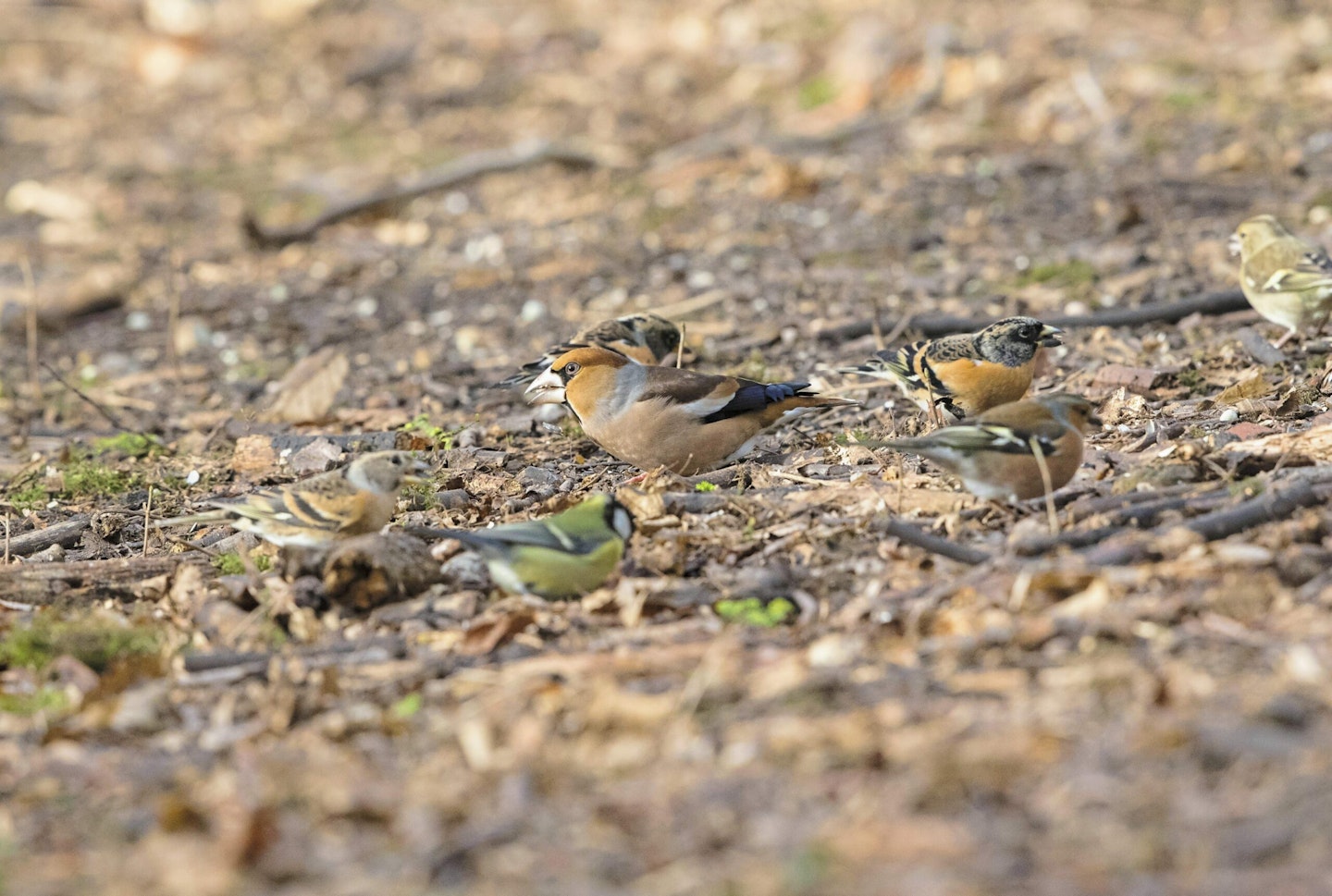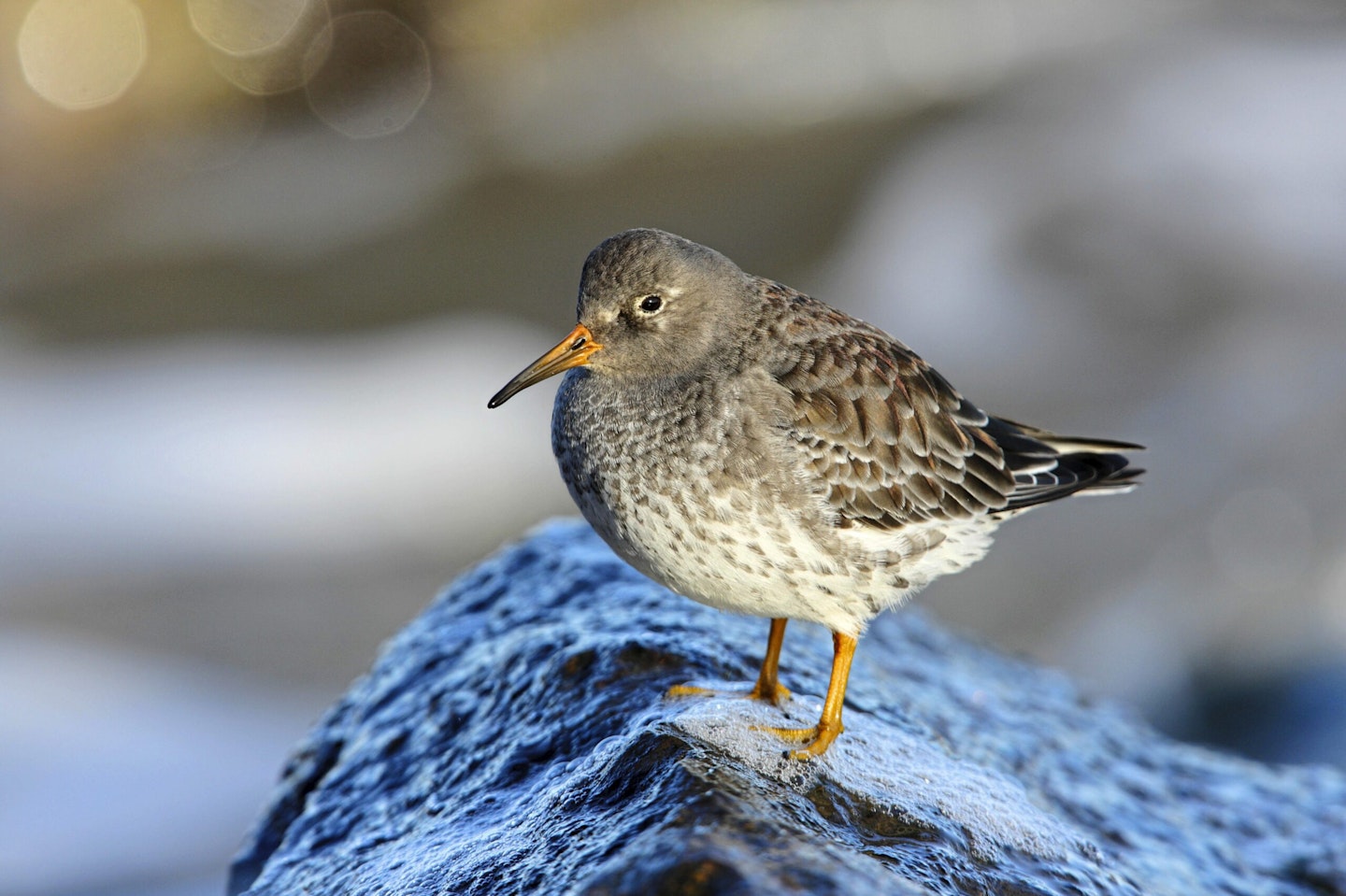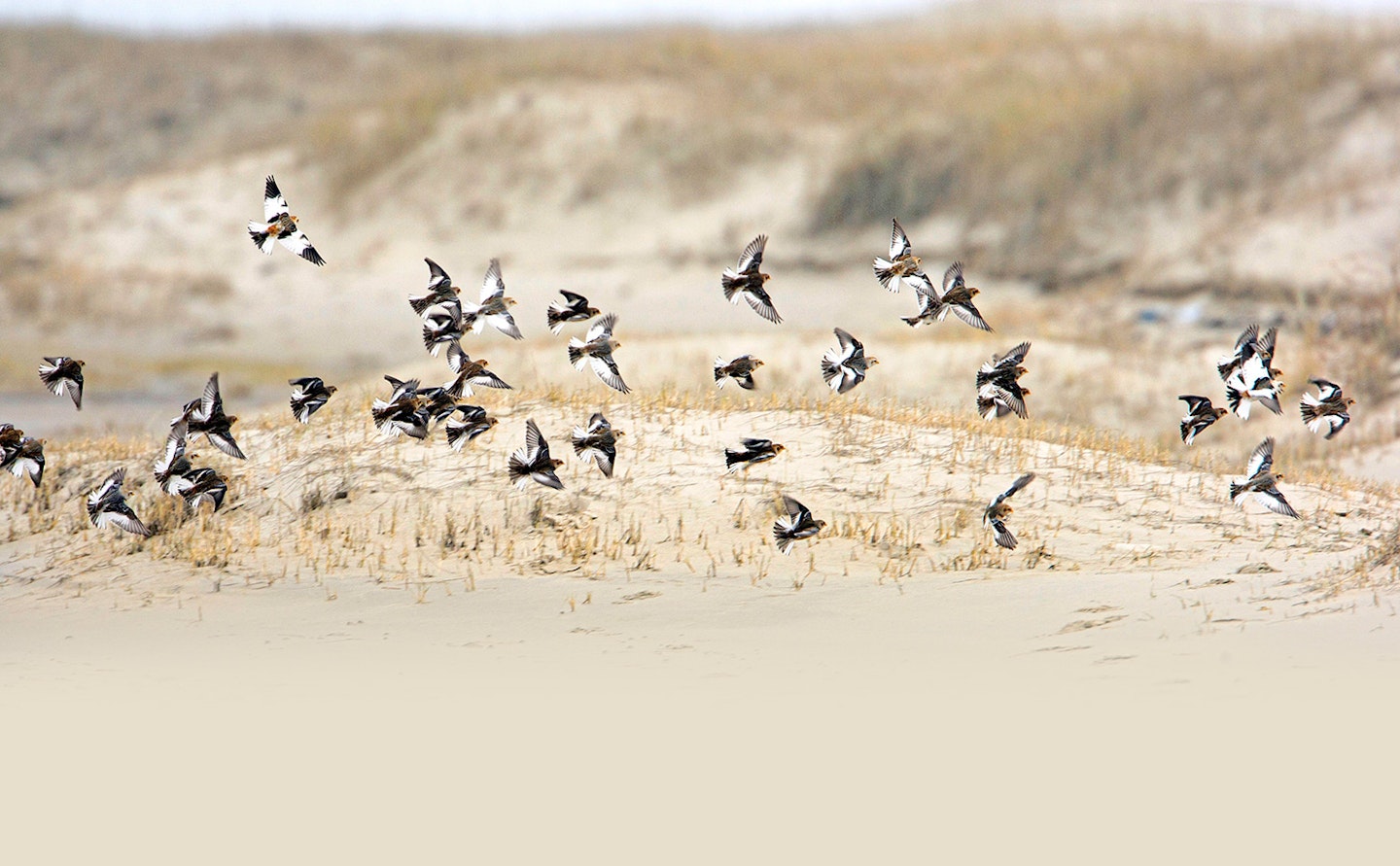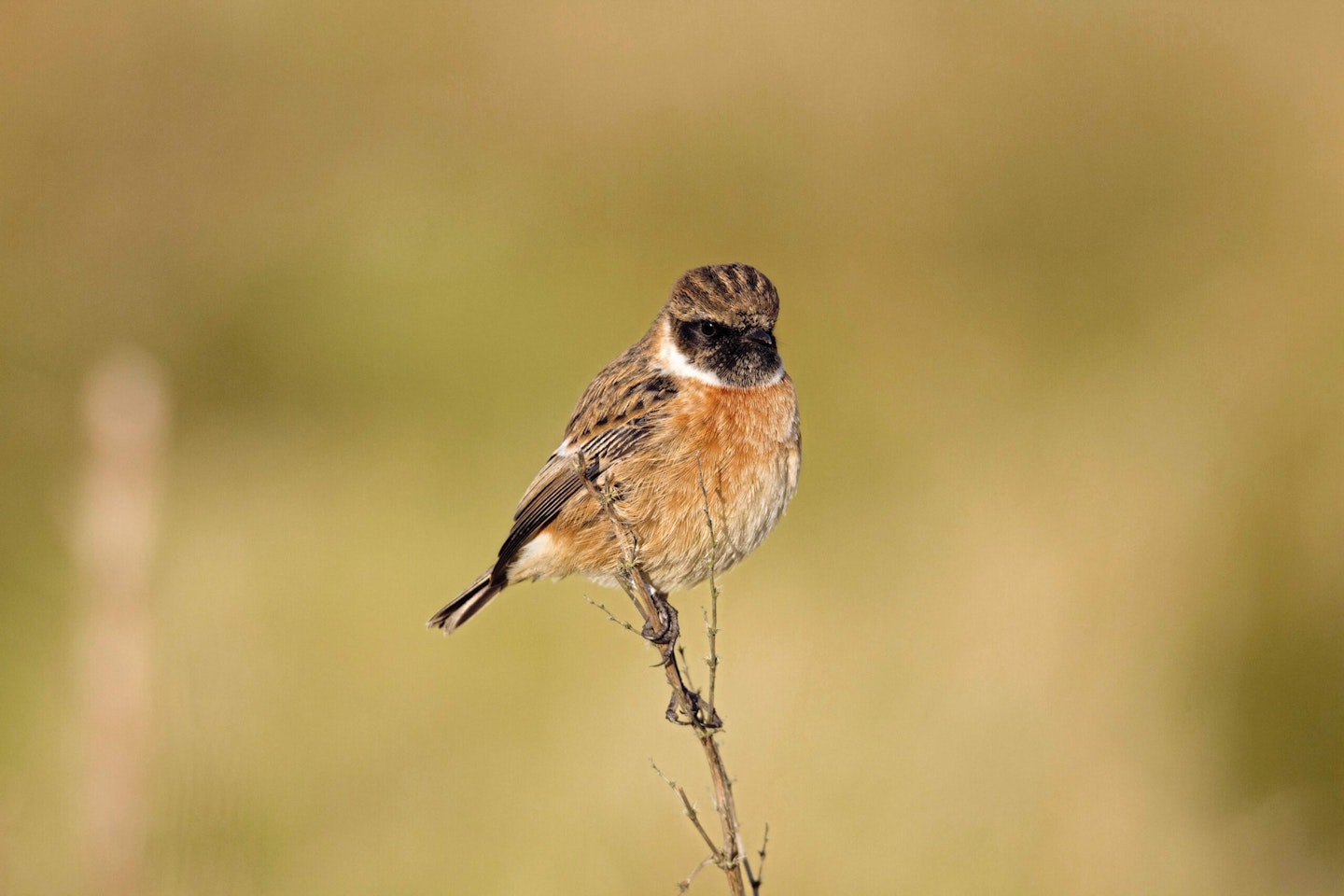Five to find
November is arguably at the less exciting end of the autumn birding spectrum. But there are still plenty of birds on the move, and some great species to potentially add to your #My200BirdYear list. How about these five beauties?
Hawfinch

The large, big-headed and huge-billed Hawfinch is a prize find anywhere in the UK, though official BTO stats show there are perhaps 10,000 to 15,000 wintering each year. They can be very hard to find, though, as they are shy and unobtrusive birds, their plumage blending in beautifully with the fallen leaves among which they seek seeds to crush. Many birders only see them as they perch more prominently high in tall trees of a regularly-visited arboretum, on their way to roost. Luckily, they have a very distinctive silhouette and even in flight, the front heavy, short tailed profile and broad white wing bands make them straightforward to identify. Listen for the high-pitched ‘tick’ call or the Redwing-like ‘sweep’ flight call, as a good way to find them.
Purple Sandpiper

The oft-forgotten Purple Sandpiper is almost exclusively a non-breeding visitor to the UK (nearly 10,000 wintering individuals), spread widely around rocky coasts. They favour seaweed strewn rocks, battered by waves, often in the company of similarly sized Turnstones. They look a little like a mix between a Dunlin and a Redshank, being dumpy and rounded with short legs and a down-curved bill, but with colour (yellow ochre) at the base of the bill and on the legs/feet. In bright sunlight, with a very good view, you may even see a purple gloss to the upperpart feathers.
Whooper Swan

The UK wintering population of the larger of our ‘wild swans’ is officially in the same ballpark as the Hawfinch and Purple Sandpiper (about 16,000 individuals), though these are easier birds to count accurately! They are somewhat localised, with most found in the north of the country as well as East Anglia, including several thousand on the Cambridgeshire (and west Norfolk) fen country. Indeed, herds of more than a thousand are regularly seen on the flat farmland of the fens. Numbers start to arrive from the far north earlier in the autumn but continue to build this month. Whoopers are considerably bigger than Bewick’s, with a pointed yellow area on the bill, while Bewick’s have a smaller, rounded patch o yellow on the bill (both species, have yellow lores, the area between the eye and the bill; black in Mute Swan).
Snow Bunting

Yes, you guessed it, the wintering population of the delightful Snow Bunting is estimated at 10,000 to 15,000 individuals. These are almost all found along the coast, mainly in Scotland and eastern England. In common with other buntings, they are more toned down in sandy winter plumage, but the large areas of white and black on the males’ wings make them very striking when they take flight. They are large, pale, long-winged buntings, which spend much of their time shuffling along feeding unobtrusively on beaches, shingle etc, often in sizeable flocks. They sound great, too, with a soft trill and a gentle ‘pew’ flight call.
Stonechat

You may not encounter Stonechats frequently, but there are about 65,000 pairs breeding in the UK each year. If each pair had raised one offspring, that would equate to close to 200,000 wintering individuals, nearly as many as the other Five to Find birds combined! They are one of those birds which disperse from the breeding grounds (particularly down from the uplands) rather than migrate across the sea. They are cute little, Robin like chats, with an endearing habit of perching on top of small bushes, fences, tall ‘weeds’ etc, on the look out for insect food – they are particularly fond of hairy caterpillars in winter. Stonechats are often found in pairs outside the breeding season. Males have blackish heads including the throat, females and first-winters are browner, with a pale throat. The tail is black or brown, with no white feathering and there is a white shoulder patch.